| This week has been a mash of many different beginnings. I feel like not much has found its end or completion, but it still has been a productive week. This past Saturday we received our certificate and our farm is officially registered with the state of Tennessee as Tennessee Farms. The same day I also sent in to register our beehives with the same name. I've been working with my great friend Bob (check him out at Shelley Designs) who is a graphic designer, on our logo for Traditions Farm & Apiary. I can't wait to share it with everyone! It's a new experience for me since I like to create that sort of thing myself. All of the labels and logos for Niffer's I create myself. |
It's delicious and hard not to eat it all. This is the second time I've ever canned anything in a water bath canner. First time was last fall my neighbor Bob and his wife came and helped me can applesauce. I ran low on strawberries so I had to reduce the ingredients accordingly, but it worked out great and is delicious! After it was all said and done, I came out with one single pint that I canned and an extra half pint I stuck in the fridge. It's a great sugar free jam.
This week I also had another first, I checked on the bees alone. I went up, opened up the hive and pulled frames. I checked them carefully to make sure that the queen was laying eggs. Happily, she is. Which means in about a month we will have more workers to increase population and grow the hive. They have been busy working building comb, and filling it with honey and pollen. Good job ladies!
I also worked in the garden a little and planted two more varieties of bush beans, and butternut and acorn squash. When they sprout I will plant more. I hope to have a long harvest so I can put some up, store some for winter, and maybe sell a little bit. I am trying the Florida weave trellis style as well. So far it seems to work very well with the peas and the Jacob's Cattle beans. When I was out in the garden I found 4 tiny baby birds below their nest that was built into the eave of the shed we use for storage and half as a chicken house. I put them back up, but it was so hot that day I think they were jumping out. They all died but one who managed to get into my garden. I haven't checked on him today, but I think he's doing good fending for himself. He's the only bird I'll welcome into my garden for now!
Well, that wraps it up for this week. Hopefully this weekend is productive and next week I can write a little more about what is happening here on the homestead! Before you go, enjoy this little video of me "going for a morning run" with my escape artist chicken. Have a great weekend!
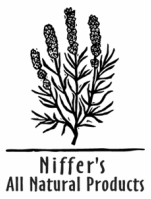
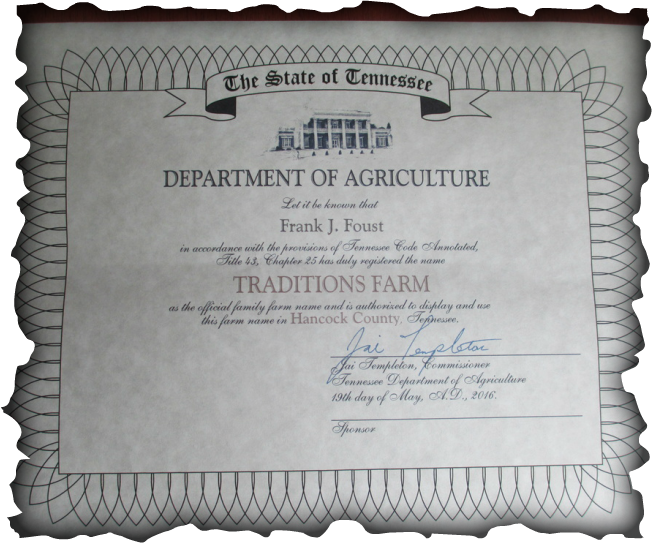
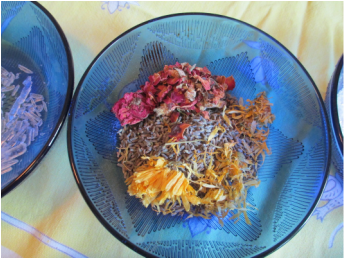
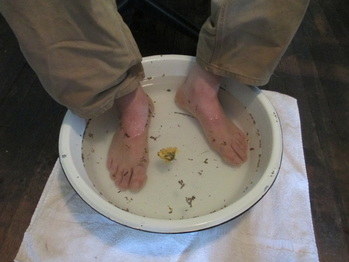
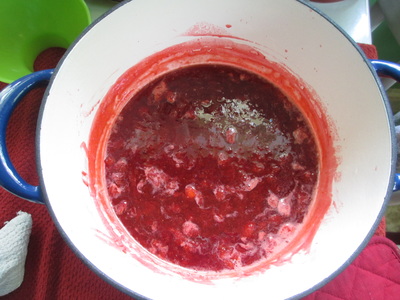
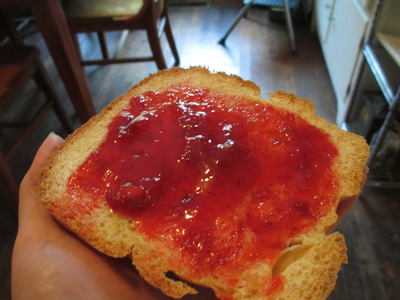
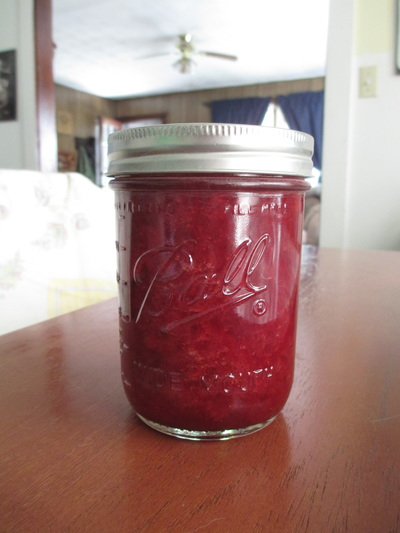
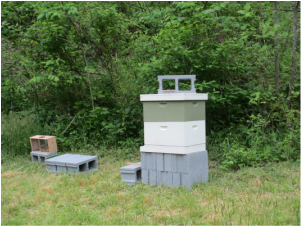
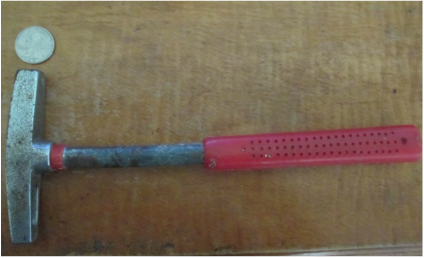
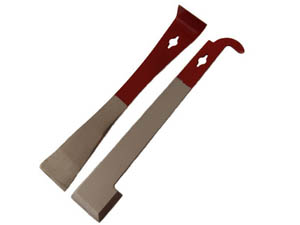
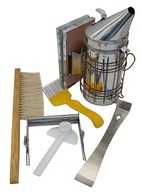

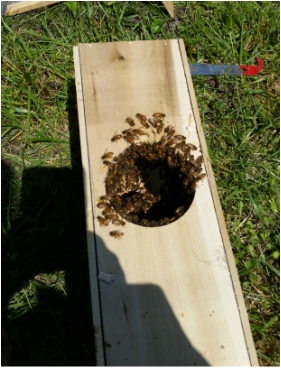
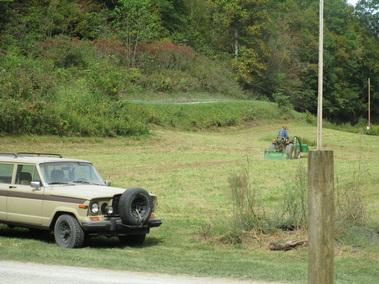
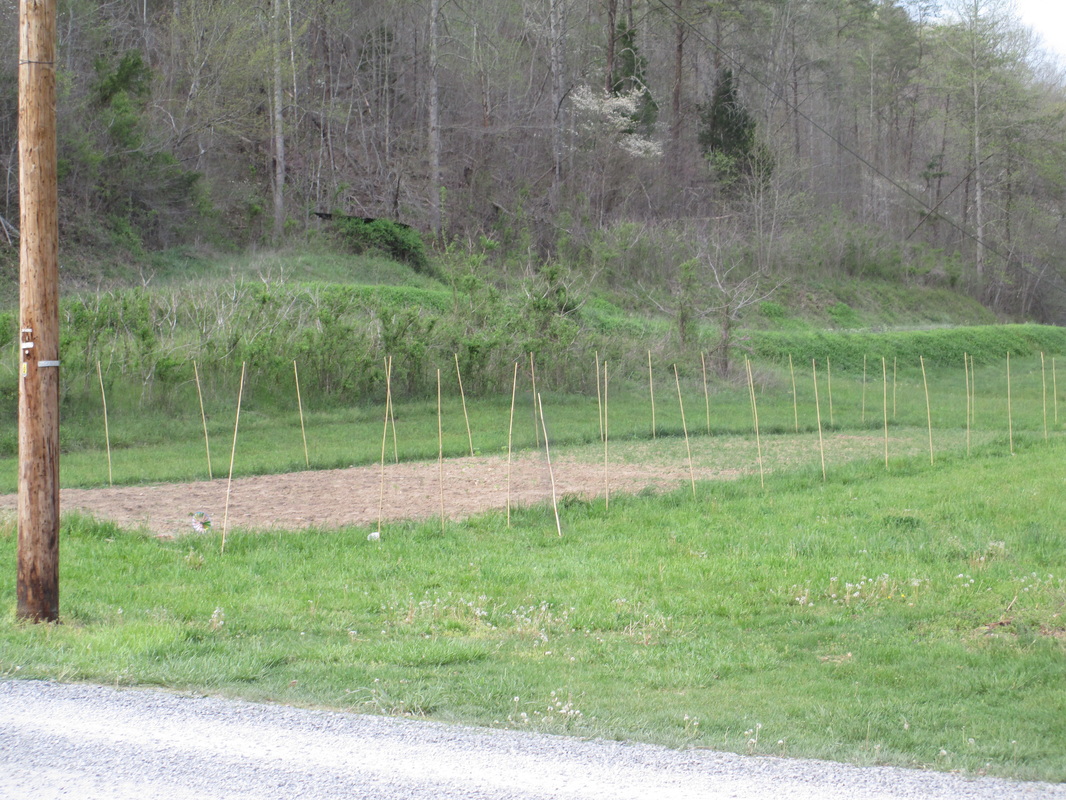
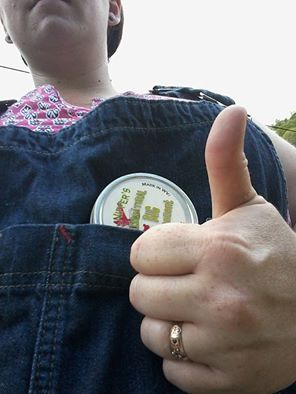
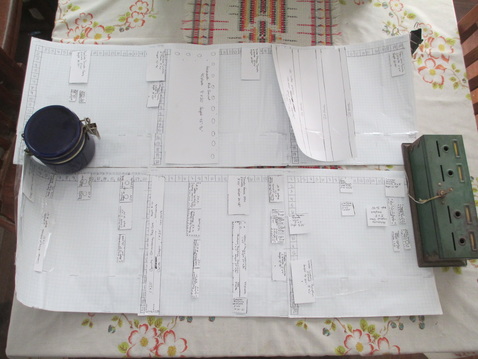
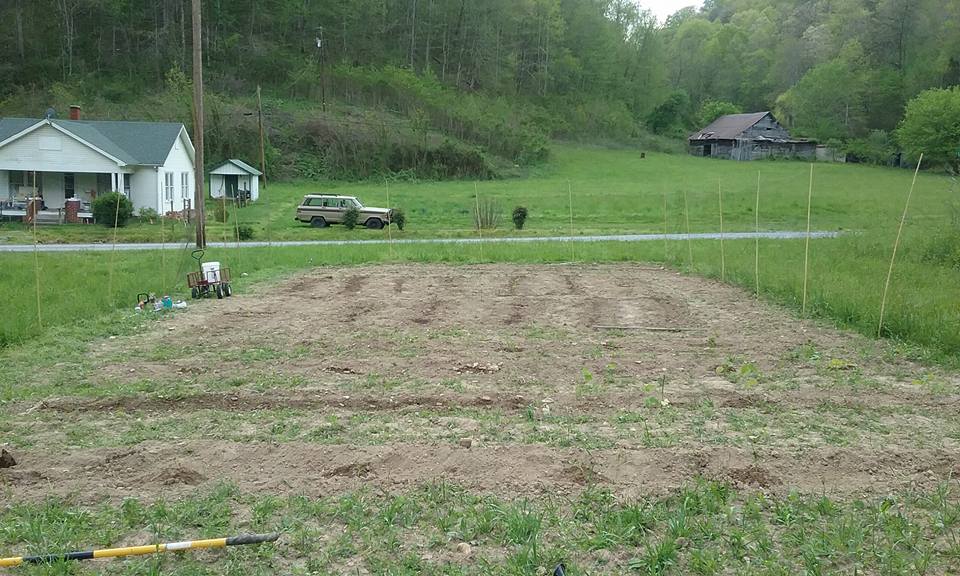
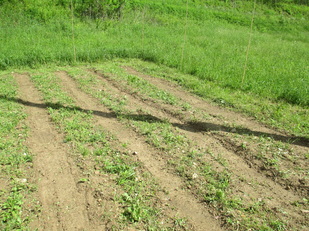
 RSS Feed
RSS Feed